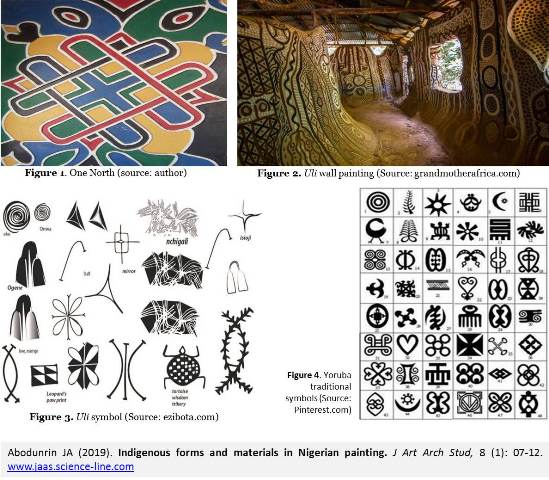Previous issue | Next issue | Archive
![]() Volume 8 (1); June 15, 2019 [Booklet]
Volume 8 (1); June 15, 2019 [Booklet]
The role of modern building materials in reducing energy consumption and environmental pollution
Ghaffarlu E and Ghaffarlu Sh.
J. Art Arch. Stud., 8(1): 01-06, 2019; pii:S238315531900001-8
DOI: https://dx.doi.org/10.51148/jaas.2019.1
ABSTRACT
In today's life, human population growth is accompanied by an increase in fossil fuel consumption, which is a major source of conservation in nature. Energy conservation is one of the principles of sustainable architecture in which the architect is required to design the building in such a way as to meet the building's requirements Fossil fuels are minimized, but since the need for unconditional comfort and convenience has led to a growing need for energy in the domestic and industrial sectors, architects and designers of the building have taken it to meet this need and in parallel It considers the protection of the environment and fossil fuels. Today, human beings are pushing for better solutions and better solutions. For optimal use of energy, the use of intelligent building materials and materials in today's buildings is a timely response to changes that make the building more durable and enhances. It is possible that the discovery of intelligent materials is practical for architects to use this material, which is the most important advantage. They are encouraging the optimization and intelligent management of energy. The object of the study is to investigate the present research through objective observation. In fact, research has been conducted on the basis of a rational method and an analysis and description of the achievement of the research objectives. The method and method used are the research of the library method and the examination of written documents.
Keywords: Modern Materials, Smart Materials, Reducing Energy Consumption, Reducing Environmental Pollution
[Full text-PDF] [HTML] [ePub] [XML] [Crossref Metadata] [Export from ePrints]
Indigenous forms and materials in Nigerian painting
Abodunrin JA.
J. Art Arch. Stud., 8(1): 07-12, 2019; pii:S238315531900002-8
DOI: https://dx.doi.org/10.51148/jaas.2019.2
ABSTRACT
Paintings in Nigeria are characterized with various indigenous forms and materials which differentiate it from its counterpart all over the world. Over the years, there have been issues of identifying what makes Nigeria painting in form and content. However, this paper focuses on the highlight of the indigenous forms in Nigeria painting with a view of bringing into bear what constitutes pattern of forms from different geographical sphere of Nigeria. This paper observes the traditional symbols and elements that are found in indigenous Nigeria art forms that are used for the purposes of ethnic identification in Modern Nigeria painting. The study established that there is a wide range of regional artistic forms that are indigenous to Nigerian culture. In traditional paintings in Nigeria, all these regional forms are reflected in our works which the materials are locally sourced.
Keywords: Indigenous, Forms, Materials, Painting, Nigeria
[Full text-PDF] [HTML] [ePub] [XML] [Crossref Metadata] [Export from ePrints]
Previous issue | Next issue | Archive


